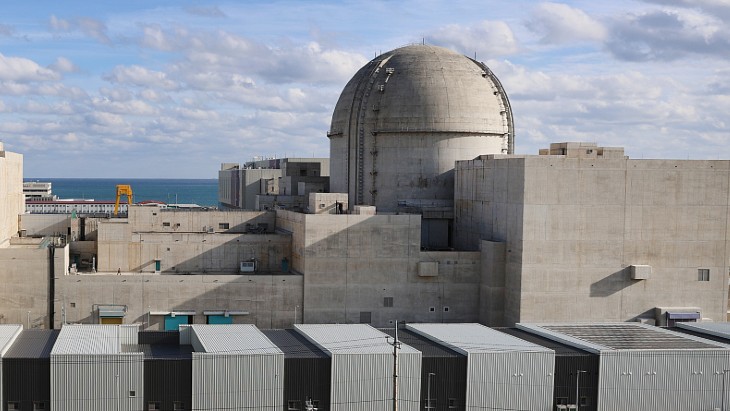The institute will now carry out a series of tests to obtain data on the core parameters that can be used in the development of lead-bismuth fast reactor designs.
"The reactor is aimed at the key and difficult problems in the engineering of a lead-bismuth fast reactor," CIAE said. "The interaction mode of nuclear fuel and lead-bismuth alloy coolant material is accurately constructed in large-size lead-bismuth alloy coolant material, and the core physical properties of a lead-bismuth reactor are more accurately simulated."
The CIAE said that China's research and development of the lead-bismuth fast reactor has now "entered the engineering stage from the physical basic research stage."
The institute said that lead-bismuth fast reactors can be designed as large-scale power plants, with a capacity of about 1000 MWe, or as small modular power sources with a capacity of just a few megawatts. The small units could find applications in offshore oil exploration platforms, the development of islands, providing power to remote areas or for providing power to large data centres.
CIAE said it is the only research and development centre in China working on the development of liquid metal cooled fast reactors. In July 2005, China's first fast thermal-coupled accelerator-driven system (ADS) sub-critical reactor - Venus I - was built at CIAE. In December 2016, China's first lead-based double-core zero-power device - Venus II - achieved first criticality at CIAE. Venus III took almost two years to complete.
The zero-power ADS transmutation system - developed by the CIAE and the Chinese Academy of Sciences' Institute of Modern Physics - will be used for research into transforming long-lived radioactive waste into short-lived waste.

.jpg)



_72306.jpg)


_49562.jpg)





